Microsoft has spent decades building Windows into what it is today. However, as smooth as the Windows experience might be, it still faces issues from time to time.
In this article, we’re taking a look at the “driver verifier DMA violation” error and figuring out its causes, as well as some solutions to your get your PC back up and running.
Why does this error happen?
More often than not, driver verifier DMA violations happen because of outdated or corrupt drivers. Other potential reasons for this error could be a problem in your SSD firmware, BIOS issues or hardware failure.
Also read: How to fix Red Screen of Death in Windows 10?
How to fix this?
Here are a few solutions you can try out to see what works to fix the driver verifier DMA violation issue.
Update the OS
The first thing to do in such situations is to make sure your OS is up to date. Developers usually diagnose these issues based on insider reports or feedback from customers and issue fixes or patches in the form of updates. Check to make sure you’ve got the latest update installed on your system.
You can check out our detailed guide on how to update Windows here
Uninstall recently installed programs
Next up on the list is removing any programs you have installed recently. Often a program installed with admin privileges can cause conflicts with Windows’ functioning leading to a BSOD or other less severe errors.
Programs like Virtual CloneDrive, CiscoVPN, Xsplit, MSI Live Update, Asus GameFirst Service and even antivirus like McAfee and BitDefender can trigger this error.
Update your BIOS
Updating your BIOS is also a good idea if you’re frequently running into BSODs or, for that matter, their red counterparts. However, do keep in mind that the process for updating the BIOS differs greatly depending upon the make and model of your PC’s motherboard, so be sure to consult with an expert if you don’t know what you’re doing.
Run the Check Disk utility
The BSOD can very well be a sign of your boot drive failing to perform as it should. Try running the check disk utility to check whether or not your storage drives are, in fact, functional.
You can refer to our detailed guide here on how to run the check disk utility.
Also read: How to fix Kernel Security Check Failure in Windows 10?
Reset the driver verifier
Resting the Windows driver verifier can also help fix the error.
Step 1: Press Windows key + R to open the Run prompt. Type cmd and hit enter.
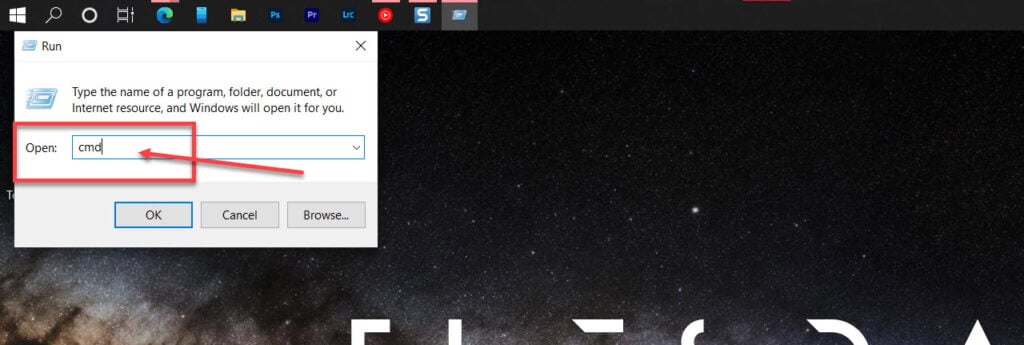
Step 2: Type the following command and hit enter.
verifier/reset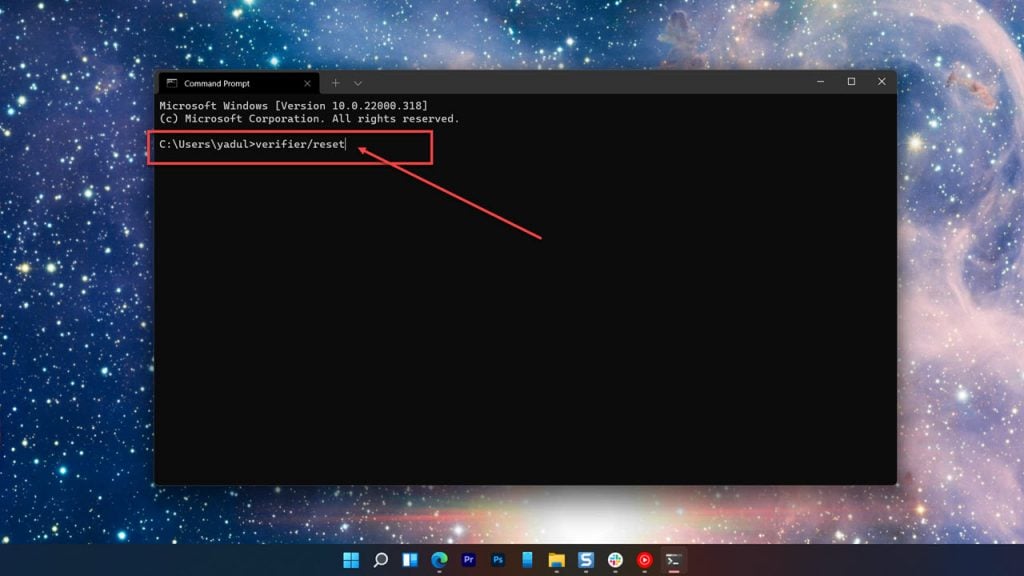
Now restart your PC, and the error should’ve been resolved.
Run the Windows hardware troubleshooter
Windows 10 comes with a few handy troubleshooters that can resolve a bunch of issues. However, for some reason, Microsoft has removed the hardware troubleshooter from the troubleshooter’s menu. So here’s an alternative way to run the hardware troubleshooter.
Step 1: Press Windows key + R to open the Run prompt. Type cmd and hit enter.

Step 2: Type msdt.exe -id DeviceDiagnostic and press enter. This will launch the hardware troubleshooter.
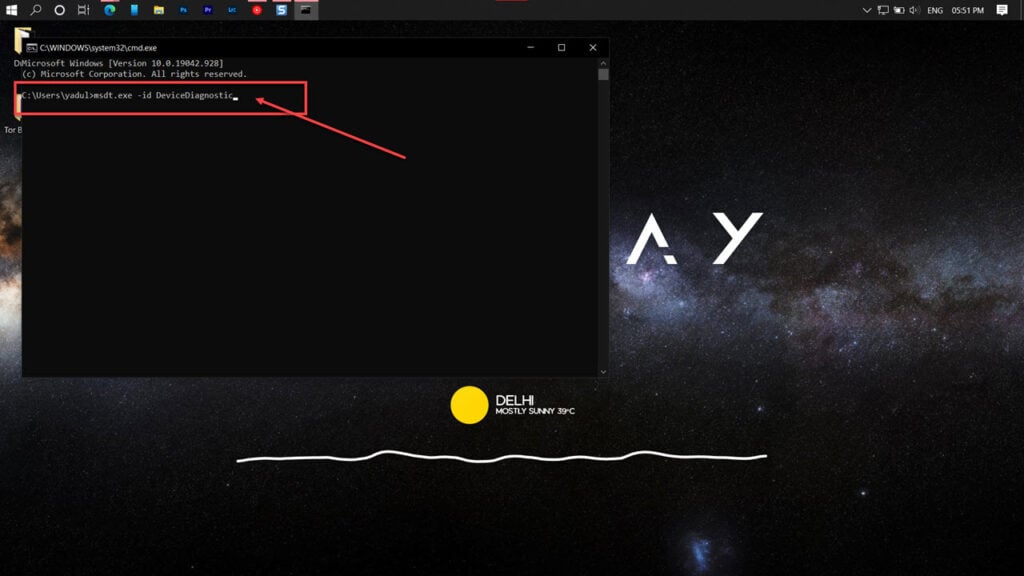
Proceed along as instructed by the troubleshooter.
Update the drivers
Since the leading cause of this error is your device drivers failing, updating the driver at fault is the best shot at fixing the problem.
Step 1: Right-click Start and select Device Manager from the menu.
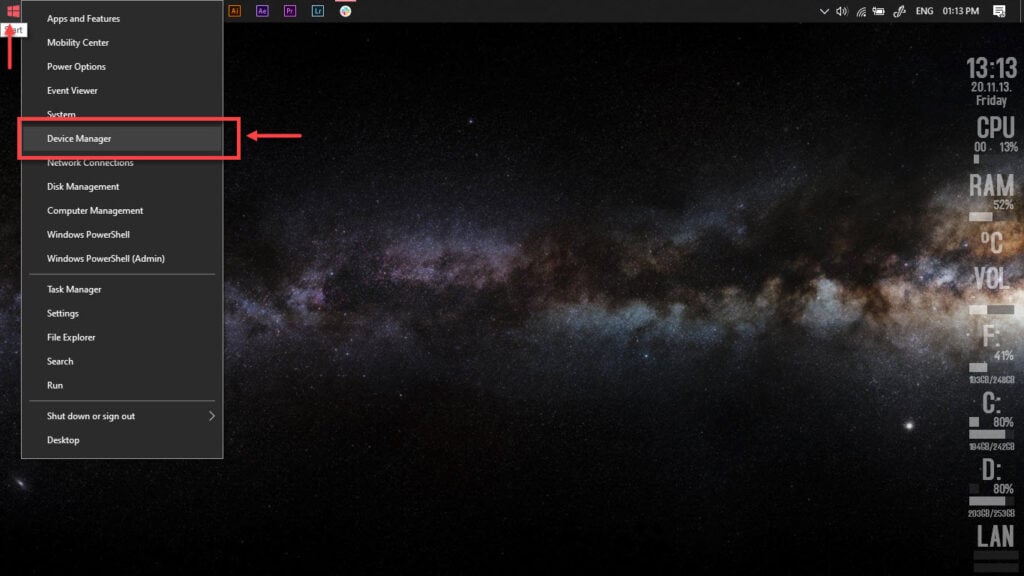
Step 2: Locate the driver you want to update, right-click on it and click on Update Drivers.
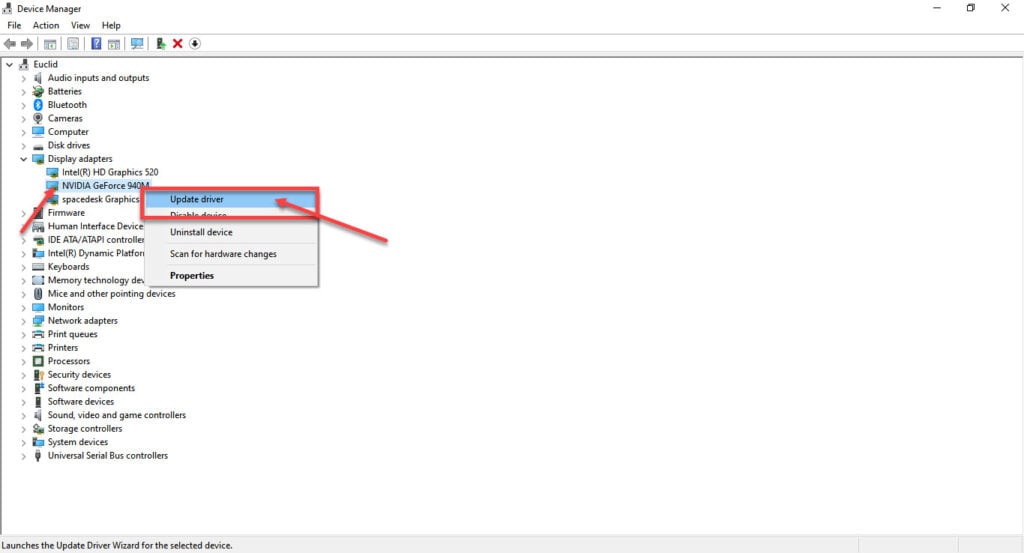
Step 3: Click on Search automatically for drivers. Windows will then automatically look for and download the latest drivers for your hardware.
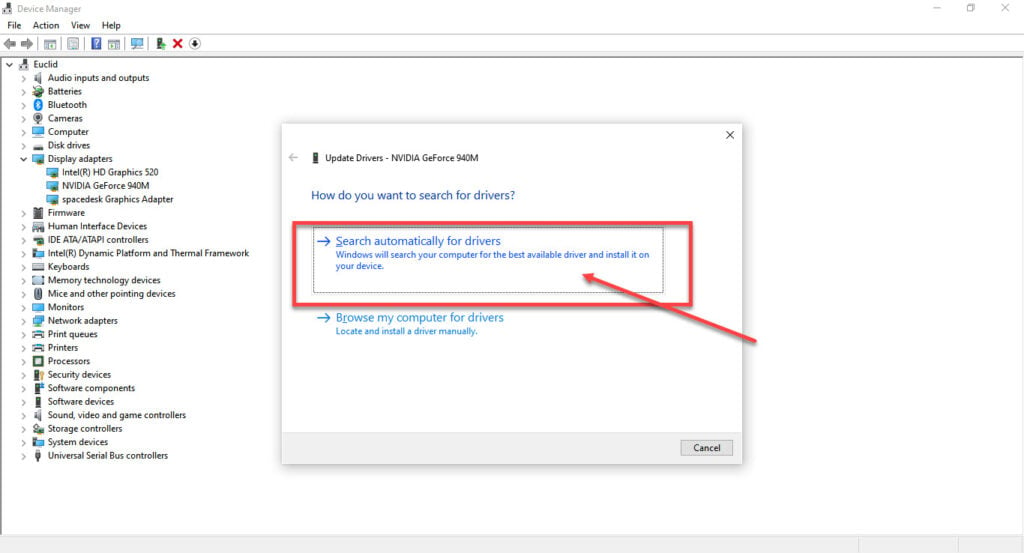
While this should help resolve the error, in case it doesn’t, click Uninstall device and restart your PC to force Windows to install the required drivers. You can then update them later.
Also read: How to fix Stop Code Memory Management in Windows 10?
Run an SFC scan
Corrupt files are the number one reason why your PC might be behaving weirdly. Here’s how you can get rid of them and potentially resolve your issue.
Step 1: Press Windows Key + S to bring up the Cortana/Search box and search for Powershell. Open Windows Powershell from the search results.
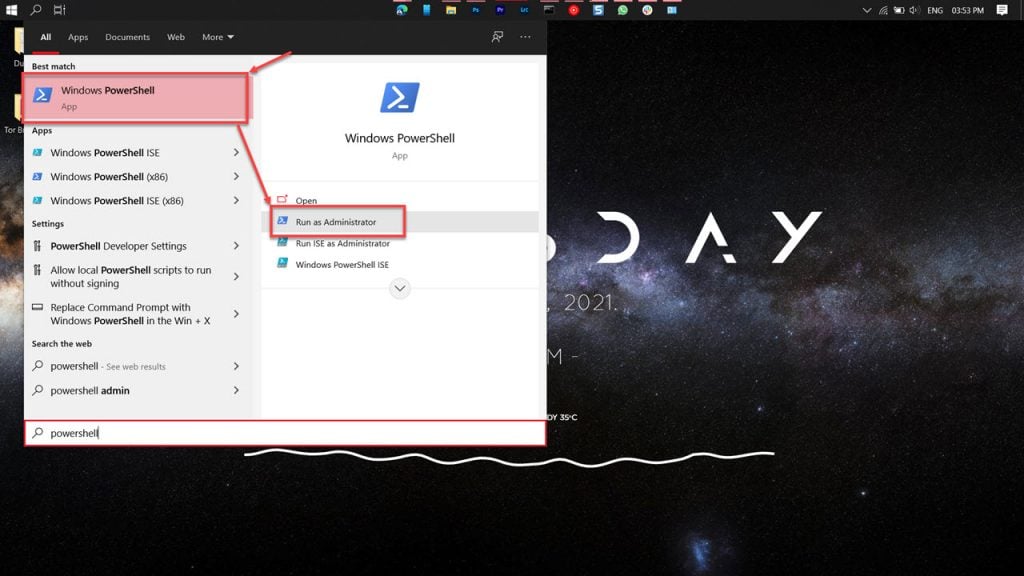
Step 2: Type sfc /scannow to scan your system for issues.
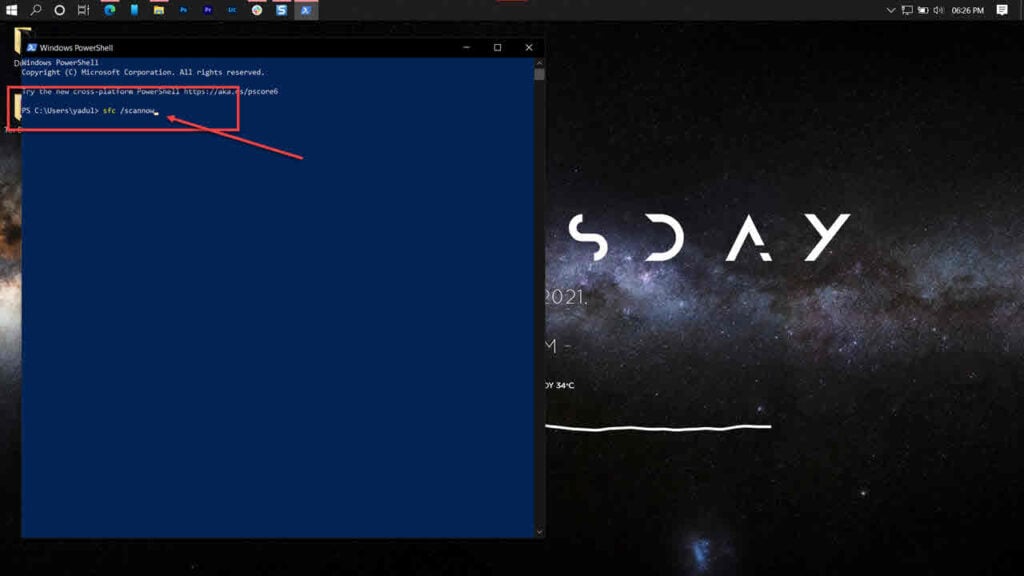
Step 3: If the SFC scan finds any problem, use the following command to resolve them.
DISM /Online /Cleanup-Image /RestoreHealth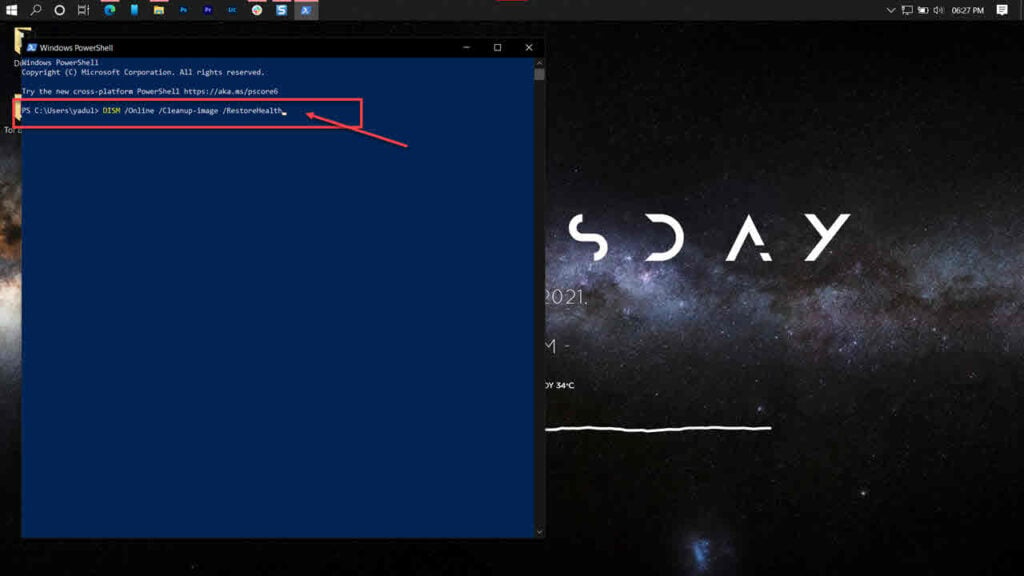
Restart your PC, and the error should’ve been resolved. If that doesn’t help, you can also run a DISM scan to fix any other errors by using this guide.
Run the Windows Memory Diagnostics tool
If your RAM is seated correctly but is failing, it can trigger this error. To check if there’s an issue with your RAM, follow these steps.
Step 1: Press the Windows key and search for Windows Memory Diagnostics. Then, click the corresponding search result.
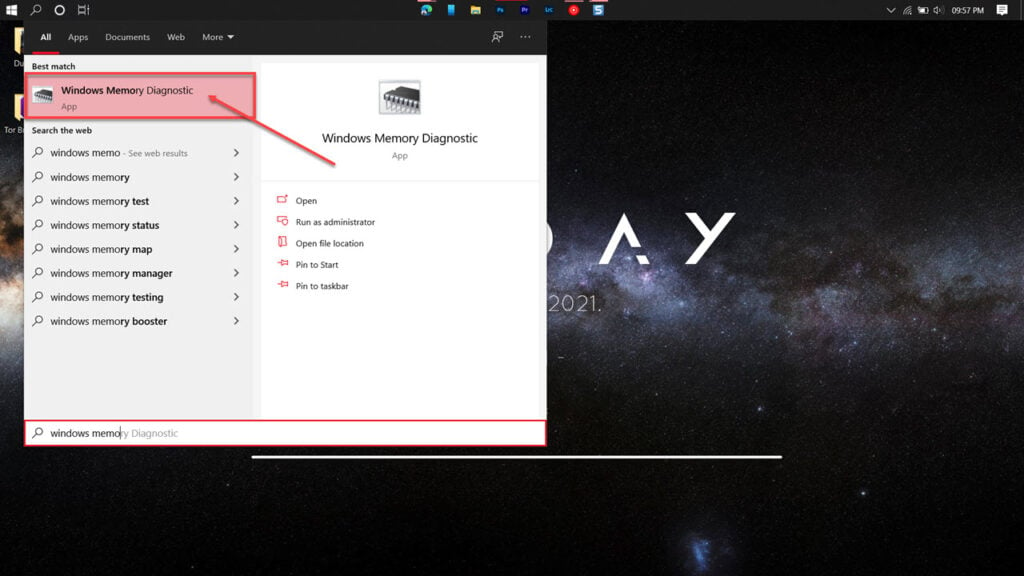
Step 2: Run the tool and click the Restart now button to check for problems.
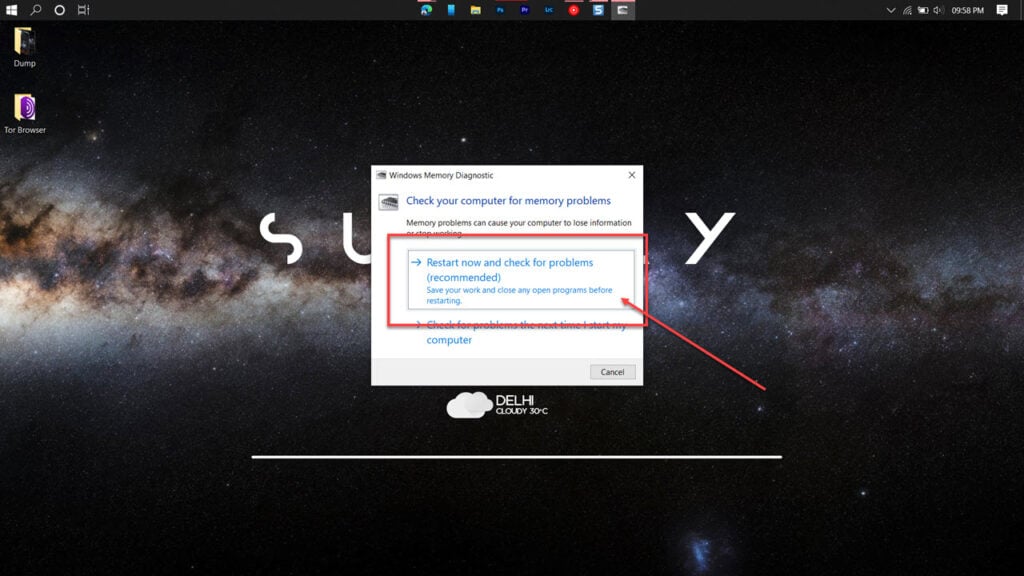
If you see some issues, try running the auto-troubleshoot to resolve the driver verifier DMA violation error.
Update your SSD drivers
Out of date SSD firmware can also cause this problem.
Step 1: Press Windows key + X to open the quick access menu and click on Device Manager.
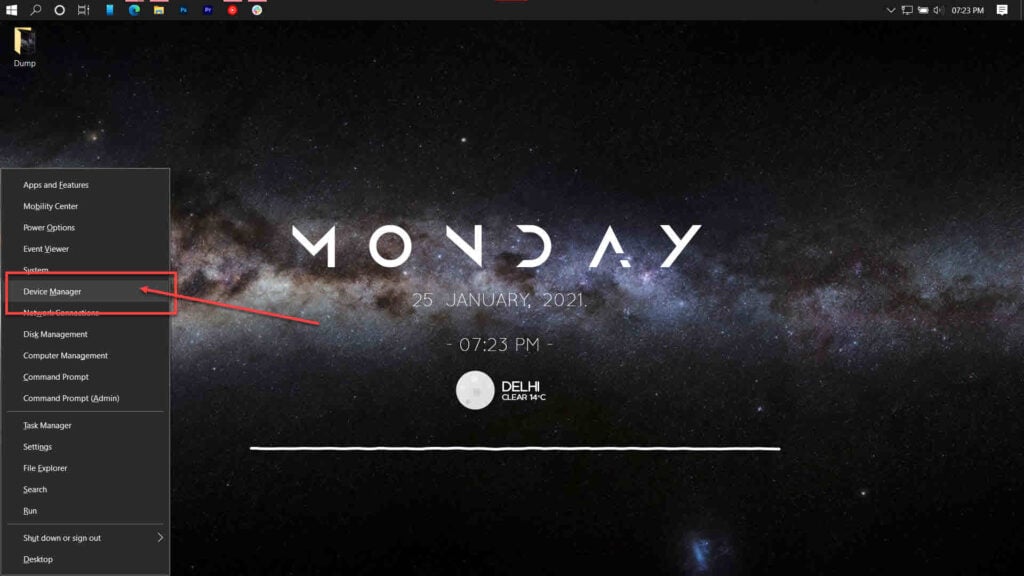
Step 2: Select the hardware in question, right-click it and click on Update drivers.
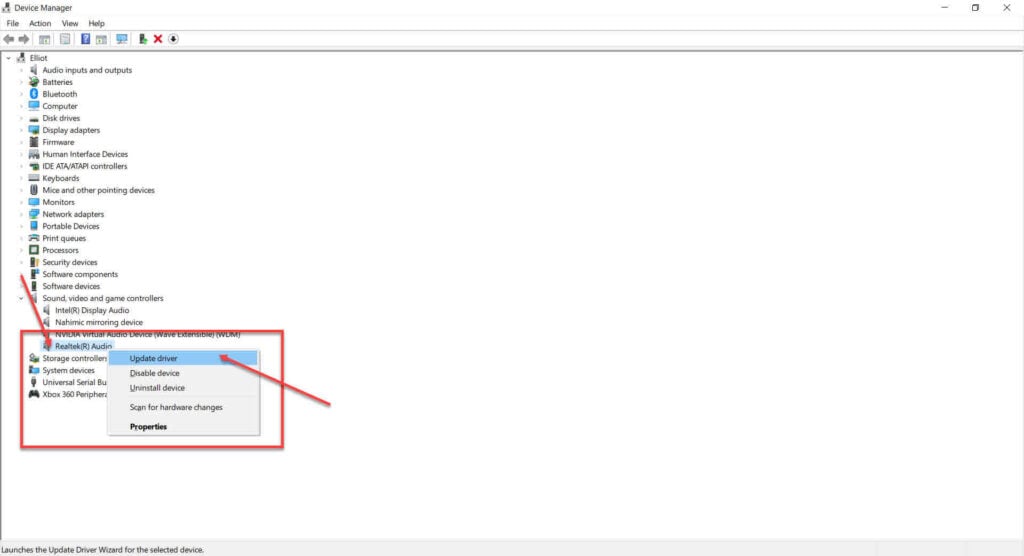
This should help in fixing the driver verifier DMA violation problem.
Repair your system
If nothing else works, the best way to get rid of the error is by simply reinstalling or repairing your OS.
The Windows Media Creation tool is a great way to install Windows and repair the OS. Using this, you can perform a clean installation or repair your OS without affecting your data.
You can download the Media Creation Tool here
Also read: How to fix ‘remote device won’t accept the connection’ error?






